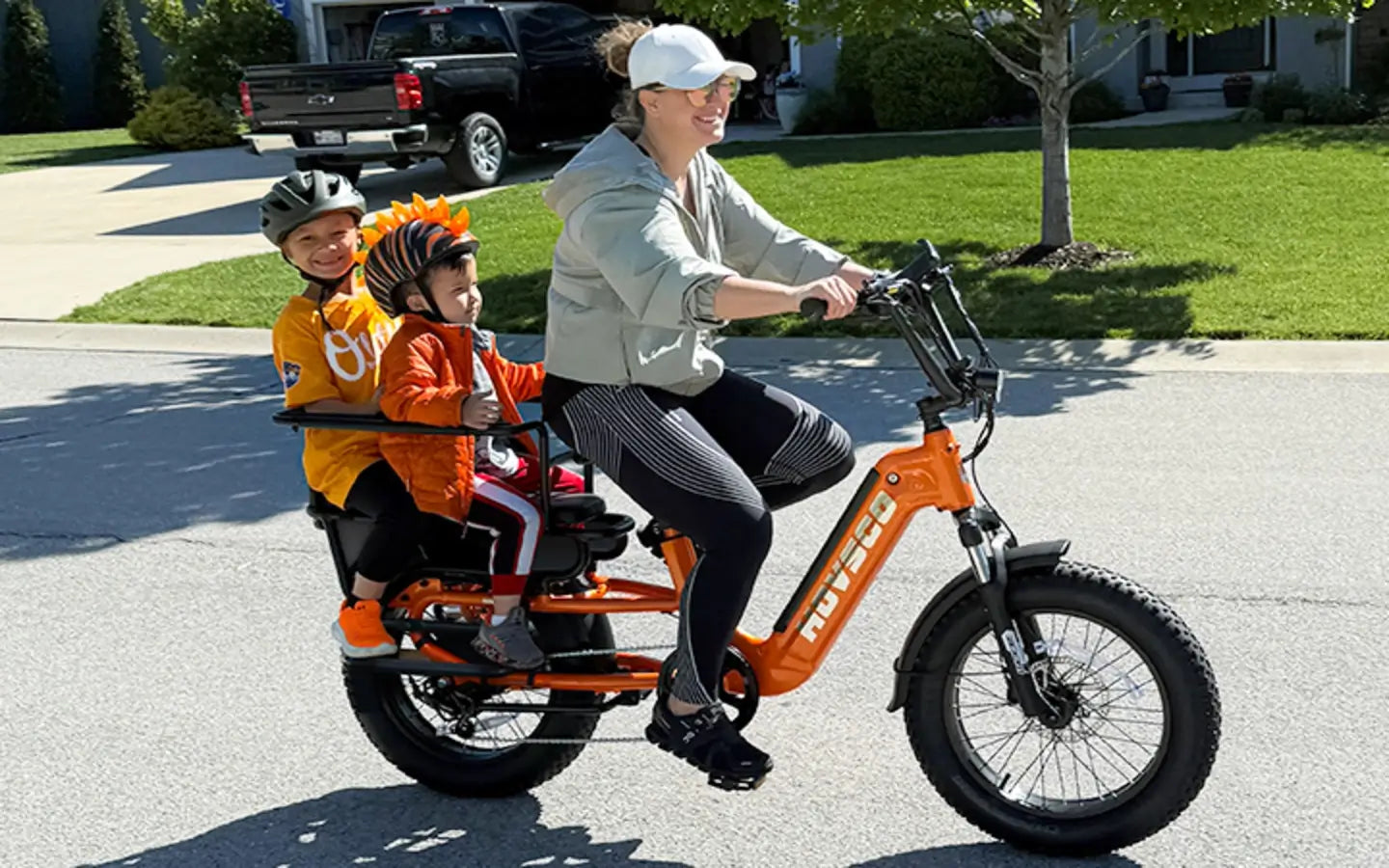
- by LiuJiazhu
What Are Airless Bike Tires and Why Are They Gaining Popularity?
- by LiuJiazhu
Airless bike tires are innovative bicycle tires that do not require air pressure, eliminating flats and punctures. They use advanced materials and designs, such as shape memory alloys or cellular rubber, to provide durability, consistent performance, and low maintenance. These tires are gaining popularity in 2025 for their reliability, especially on e-bikes, urban commuting, and rugged terrain, offering a smooth ride without the worry of flats.
Airless bike tires replace traditional pneumatic tubes with solid or structured materials that absorb shocks and maintain shape without air. Technologies include cellular rubber compounds that mimic air cushioning and shape memory alloys like Nitinol, which combine elasticity with strength. These designs maintain tire integrity under load, provide consistent traction, and reduce rolling resistance, ensuring a comfortable, puncture-proof ride.
The top airless bike tire technologies in 2025 feature advanced materials like shape memory alloys and cellular rubber. Notable models include the Smart Tire Company METL, which uses a NASA-inspired nickel-titanium alloy for lasting elasticity and strength. Gecko Airless Tires rely on recyclable cellular rubber for all-weather traction, while Britek Energy Return Wheel uses carbon nanotube composite rods for shock absorption and energy return. Tannus remains a key player with high-density foam tires for urban and electric bikes.
Leading airless tire technologies and models include:
| Brand/Model | Technology | Material | Best For | Unique Feature |
|---|---|---|---|---|
| Smart Tire Company METL | Shape memory alloy (Nitinol) | Nickel-titanium alloy | E-bikes, commuters | NASA-inspired, elastic yet strong |
| Gecko Airless Tires | Cellular rubber molding | Recyclable rubber | Hybrid, electric bikes | 100% puncture-proof, recyclable |
| Britek Energy Return Wheel | Carbon nanotube composite rods | Rubber with composite rods | Mountain bikes, all-terrain | Adjustable cushioning, energy return |
These models showcase cutting-edge innovation, combining durability, comfort, and sustainability.
Airless bike tires eliminate flat tires and reduce maintenance by using puncture-proof materials such as solid rubber or advanced foams. They provide consistent ride quality regardless of terrain or temperature and do not require pressure checks or inflating. Their structure offers durability for longer usage, especially on rough roads. Some models are even recyclable, making them an eco-friendly option. Overall, these tires deliver reliable, hassle-free cycling for commuters, e-bike users, and city riders.
Airless bike tires offer several advantages:
Benefit Comparison Chart
| Benefit | Description | Rider Impact |
|---|---|---|
| Puncture Immunity | Eliminates flats and air-related issues | More reliable rides |
| Low Maintenance | No need to check or inflate tires | Saves time and cost |
| Consistent Ride | Stable pressure and shock absorption | Comfortable, smooth ride |
| Durability | Resistant to wear and damage | Longer tire lifespan |
| Sustainability | Recyclable materials reduce waste | Environmentally friendly |
Airless bike tires provide comparable ride quality with the added benefit of zero flats. Early designs were rigid and increased rolling resistance, but modern materials like shape memory alloys and cellular rubber now deliver excellent shock absorption and energy return. They tend to be slightly heavier but offer superior durability and require less upkeep, making them ideal for e-bikes and urban riders.
Despite their advantages, airless bike tires tend to be heavier and cost more upfront than traditional options. Some riders notice a firmer ride or more road vibration, although new materials aim to improve comfort. Fewer models and sizes are available, which may limit compatibility for specialized bikes. Rolling resistance can be slightly higher, and installation may require special tools. While maintenance needs are minimal, these tires are often not repairable if badly damaged, requiring full replacement.
Despite their advantages, airless bike tires face challenges such as:
When purchasing airless bike tires, consider your bike type and riding conditions. Prioritize tires with proven materials like shape memory alloys or cellular rubber for durability and comfort. Check compatibility with your wheel size and bike model, especially for e-bikes. Look for brands with strong warranties and customer support, such as HOVSCO, known for innovation and safety. Balance cost against long-term savings from reduced maintenance and tire replacements.
"HOVSCO recognizes airless bike tires as a transformative advancement in cycling technology, especially for e-bike riders who demand reliability and low maintenance. By integrating cutting-edge materials and sustainable design, these tires eliminate common frustrations like flats while enhancing ride quality. HOVSCO is committed to pioneering solutions that blend performance, safety, and environmental responsibility for the modern cyclist."
Q: Are airless bike tires compatible with all bicycles?
A: Most airless tires fit standard wheel sizes but check manufacturer specifications for compatibility.
Q: How long do airless bike tires last compared to traditional tires?
A: They generally last longer due to puncture resistance and durable materials.
Q: Do airless tires affect bike speed or handling?
A: Modern airless tires offer comparable handling and speed with improved durability, though some models may feel slightly firmer.
Q: Can airless bike tires be repaired if damaged?
A: Typically, they are designed to be maintenance-free and not repairable like pneumatic tires.
Q: Are airless bike tires environmentally friendly?
A: Many use recyclable materials, reducing waste and environmental impact.
Share:
Which Electric Scooter on Amazon Is Best in 2025? Ultimate Buying Guide
What Is a Fitness Bike and Why Choose It for Your Workout?